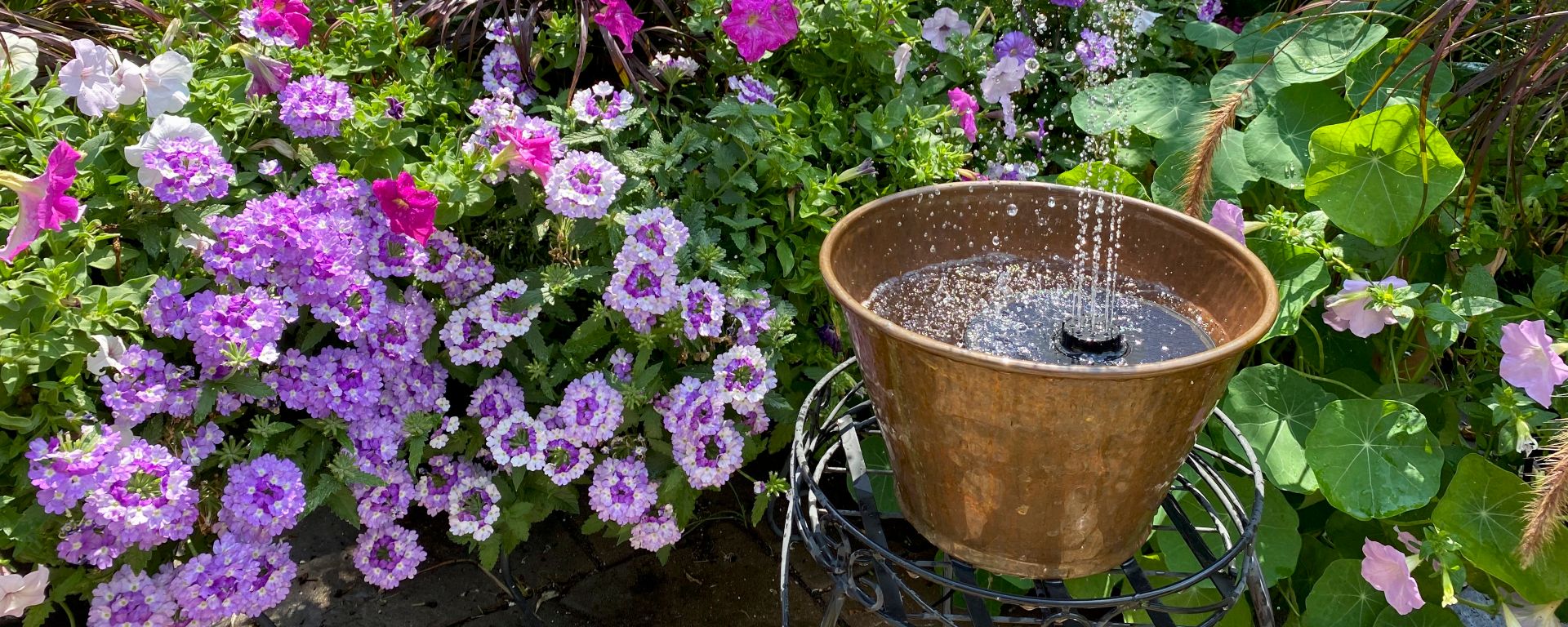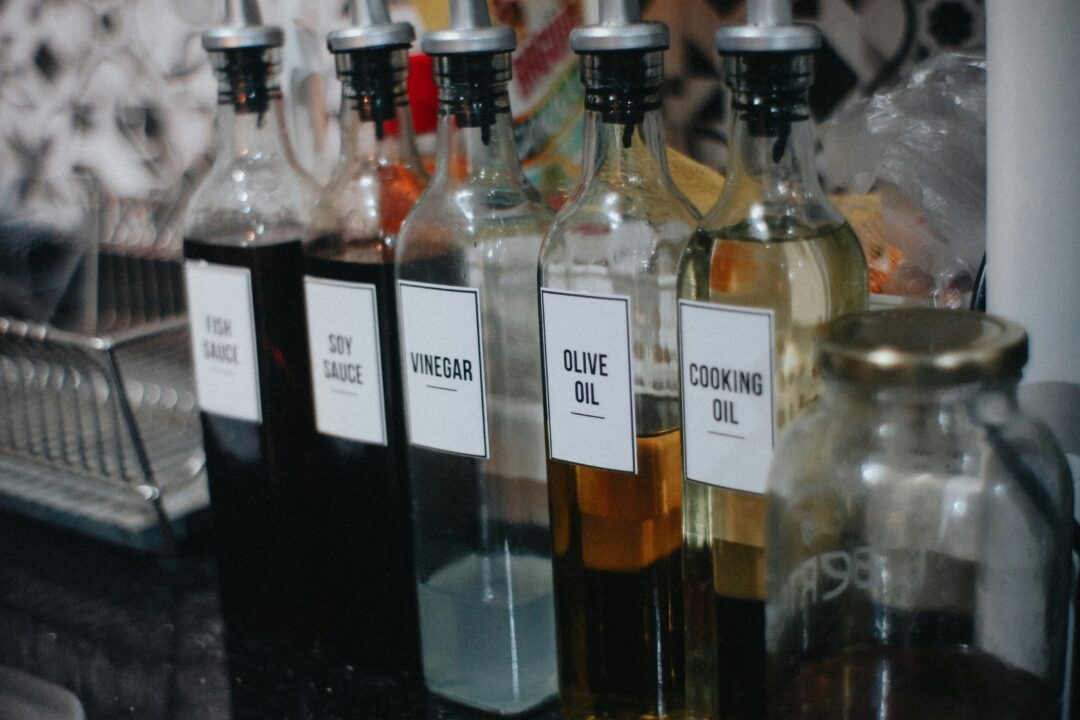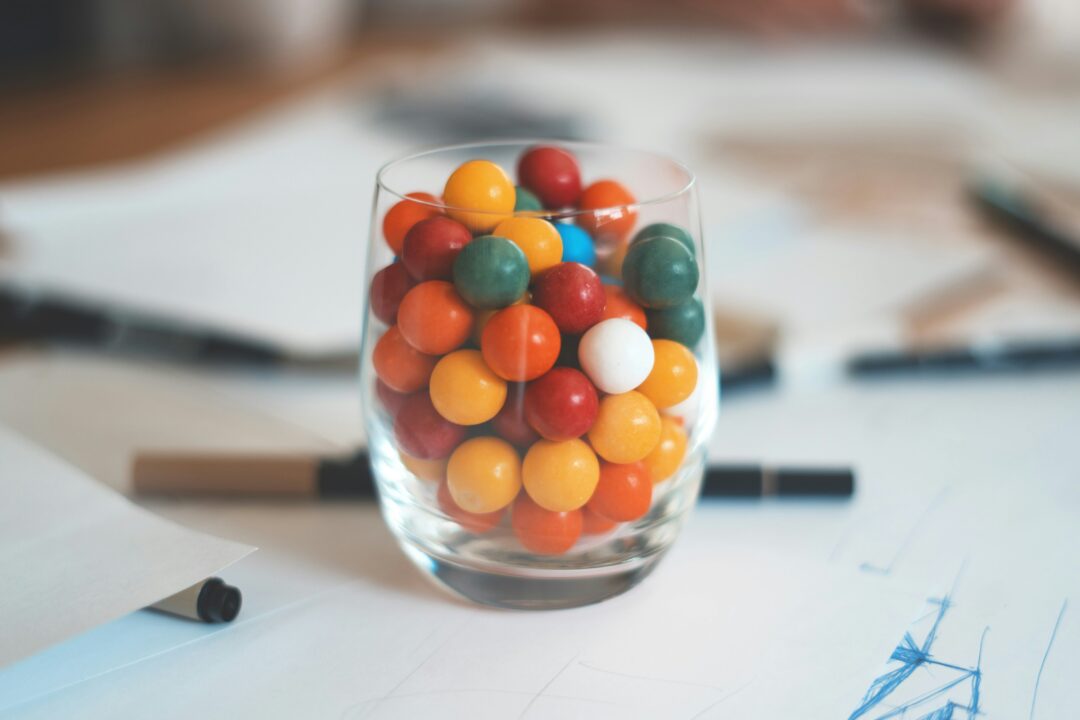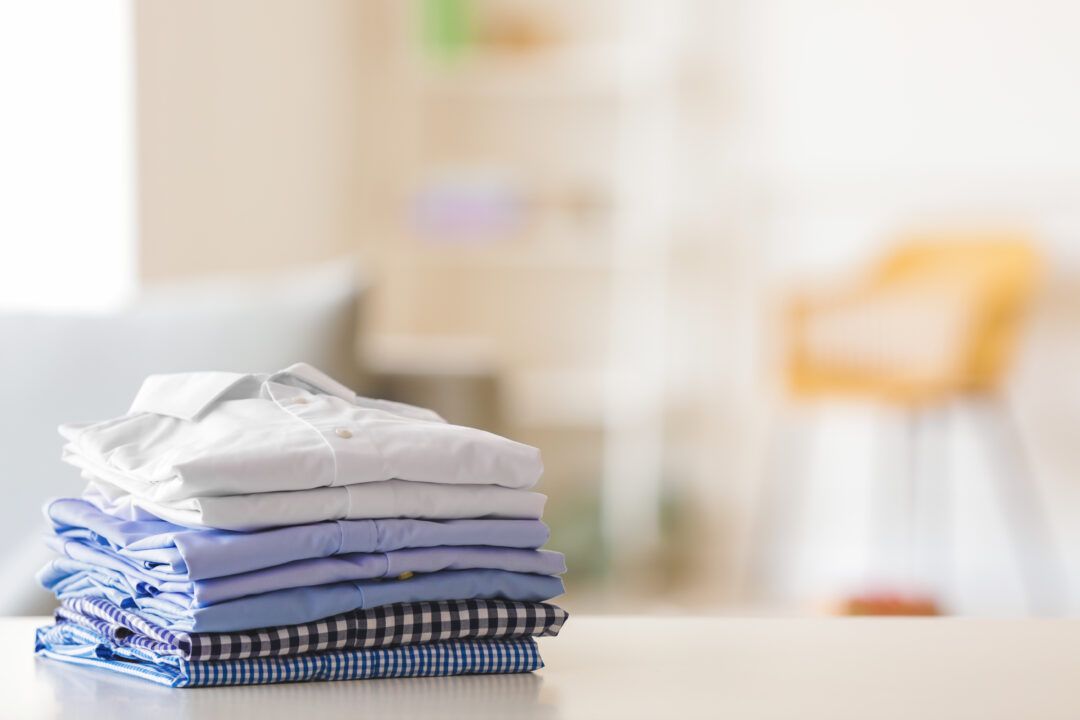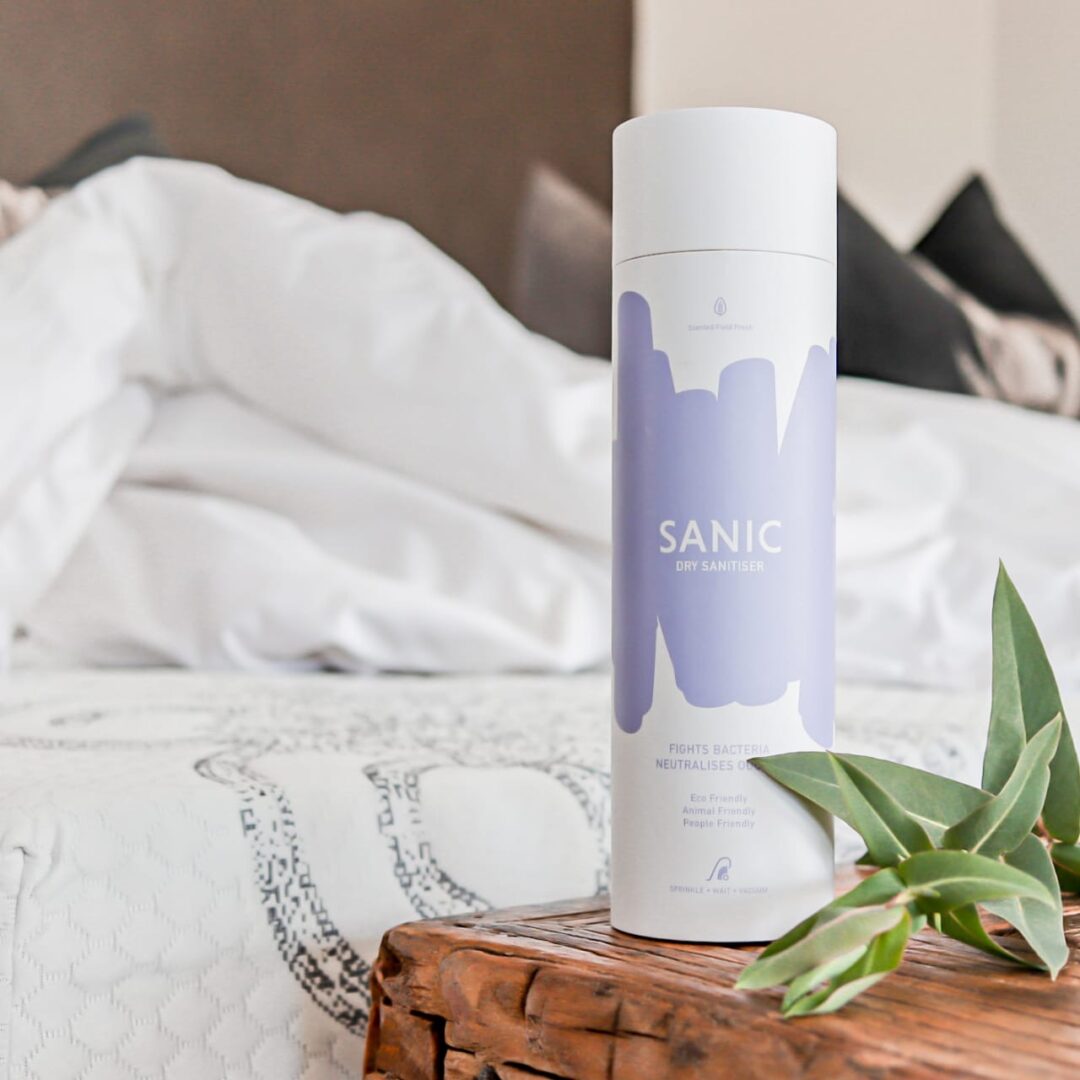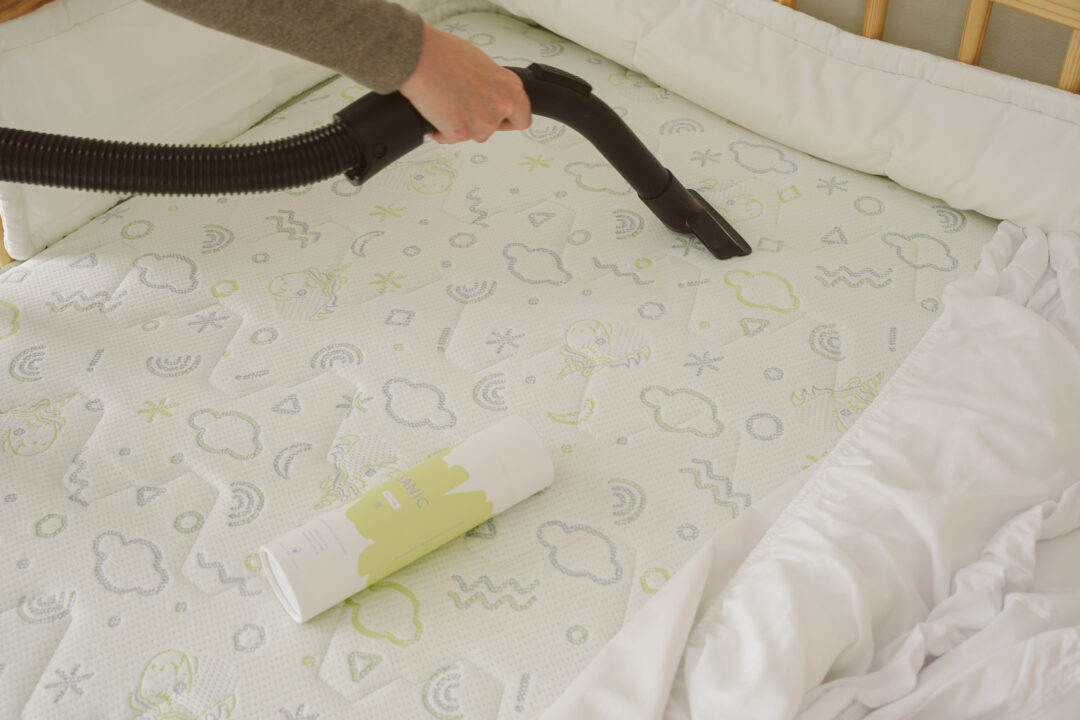A water feature in your garden creates an ideal peaceful and tranquil space, but this may be short-lived if you don’t maintain and clean the area. Cleaning a water feature isn’t something we think about. As elegant as it is, its clear water will become green and dingy. You will probably notice an unpleasant swamp-like smell too. Luckily, cleaning and maintaining a water feature is straightforward and doesn’t take much time either; your garden will look beautiful and ready for spring. You should clean your water feature whenever you clean your pool, that way both bodies of water in your garden look clean and can be enjoyed by your family and friends.
Read The Manufacturer’s Instructions
This is very important for algae treatment. Different fountains will require different chemicals, and if you use the incorrect product to clean your water feature, it may result in irreversible damage to your fountain.
Unplug The Pump And Drain
After reading through the manufacturer’s instructions that came with your feature, you can begin draining the water feature. Depending on the size of your feature, you may need to use a wet/dry vacuum to drain the water feature completely. Always be sure to unplug the water feature’s pump before draining the water, otherwise you could burn out the motor of the pump.
Rinse Your Water Feature
Rinse your water feature with clean water. Make sure to clear lines by running water through. Use a cloth and water to rinse the feature and check what algae stains need extra attention to be removed.
Clean The Pump
Carefully remove the pump from the water feature. In a well-lit area, disassemble the pump according to the manufacturer’s instructions. An old toothbrush can help you get to those hard-to-reach areas within your pump. Be sure that you don’t use any chemicals that are not approved by the manufacturer. You must rinse the pump completely to remove any soap, as it can ruin your pump in less than a day, so you must rinse your outdoor feature fully.
Clean The Pipes And Tubing
Cleaning the pipes and tubing may require special tools. Pipe cleaners are one of the cheapest and easiest ways to clean tubing. Make sure to completely clean each tube to prevent clogs. A blocked pipe can burn your pump out and even result in leaks in the tubing system. Avoid this by inspecting tubings after cleaning them.
Clean The Water Feature Basin
Go back to your water feature with fresh water. Depending on the material that the feature is made from, you can use a high-pressure washer to clear away anything. Cast stone features can be pressure washed for an ultra-clean look.
Scrub Out Stains
Some stains will be a bit more stubborn and require more attention than others. These stains can be removed with a toothbrush and a suitable cleaning agent. If you don’t have a basin cleaner for the water feature, then white vinegar or dish soap can work for most stains, but more pressure may be required.
Rinse Your Water Feature
Now you can rinse your water feature to remove any chemicals from the walls. You can do this with a wet/dry vacuum and remove liquid from the basin again. Inspect the features basin to ensure all stains have been removed. Algae can grow back quickly so it’s good to make sure that you’ve completely removed any algae from the water feature.
Algae Prevention
You should give your water feature a clean every 3 months to prevent algae from gaining the upper hand on your feature basin or pump. You should also place the water feature in a well-shaded area of the garden; this will also help to slow the speed of algae growth. Algae can be harmful to many birds, plants, and insects that love to pollinate your garden. White vinegar quickly kills algae while remaining safe for birds, insects, and most plants.
Combine one part vinegar and one part water in a spray bottle, and spray the mix directly onto the algae. Rinse the algae off the concrete with a hose. Then pour white vinegar directly into the algae on the concrete and scrub with an old toothbrush. The more that’s left behind, the quicker and easier it can grow back and take over the water feature again.
Distilled water can be great to prevent algae in your water feature. This way you can avoid using chemicals, but it can raise the costs.
Water additives are the most suitable prevention method you can use to maintain and keep the fountain looking clean. These are generally inexpensive and last for a long time. When used as directed, additives can make the water safe enough for birds and pets that like to drink from your water feature, it’s a bit too strong for fish though. All you have to do is add a few drops each week, depending on the size of your feature, and it will keep algae under control.
Seasonal Care For Your Water Feature
Autumn And Winter
- When the leaves fall from surrounding trees, you will likely need to empty the debris net each day to keep up with the leaves that end up in the water feature. If you leave the water feature with too much organic matter, the water may turn brown. If your water does end up turning brown, remove the excess debris, then add activated carbon to clean the water.
- If your surfaces freeze during winter, you should prepare by thinking about whether or not you want to keep your feature running or turn it off.
- If you do want to shut down your feature, first unplug the pump and pull it out of the water. Store the pump in a frost-free area and submerged it in a bucket of water to keep the seals wet. The pump shouldn’t be left in a dry space.
- You can also decide if you want to keep the waterfall running. Make sure ice doesn’t form, it could cause water to run out from the basin. You still need to replace any water lost so the pump can operate properly.
Spring
If there is a layer of gunk on the bottom of the water feature’s basin, and the water is dark in colour, it would be smart to clean it out. The best time to do a clean-out is early spring, ideally before the water temperature gets above 13 °C.
To clean the water feature, start by draining the water, and rinse any rocks or gravel with the hose. Begin at the top and work your way down towards the bottom. If you don’t have a wet/dry vacuum, regularly turn the pump on to remove the dirty water. Once the bottom starts to become clear, you can remove the pump and refill the water feature.
If your water feature doesn’t contain any plants, you can add a small amount of chlorine to the water. You only need 1 or 2 tablespoons every two to three weeks during summer and spring.
After using these cleaning tips for your feature, it will be nice and clean, and ready for spring. Maintaining your water feature is fairly simple and doesn’t require hours of your time. For the amount of maintenance required, a water feature does provide an outdoor oasis that adds peace to any garden. If you struggle with cleaning your water feature or anything else in your garden that needs a service, the SweepSouth outdoor team is here for you.

